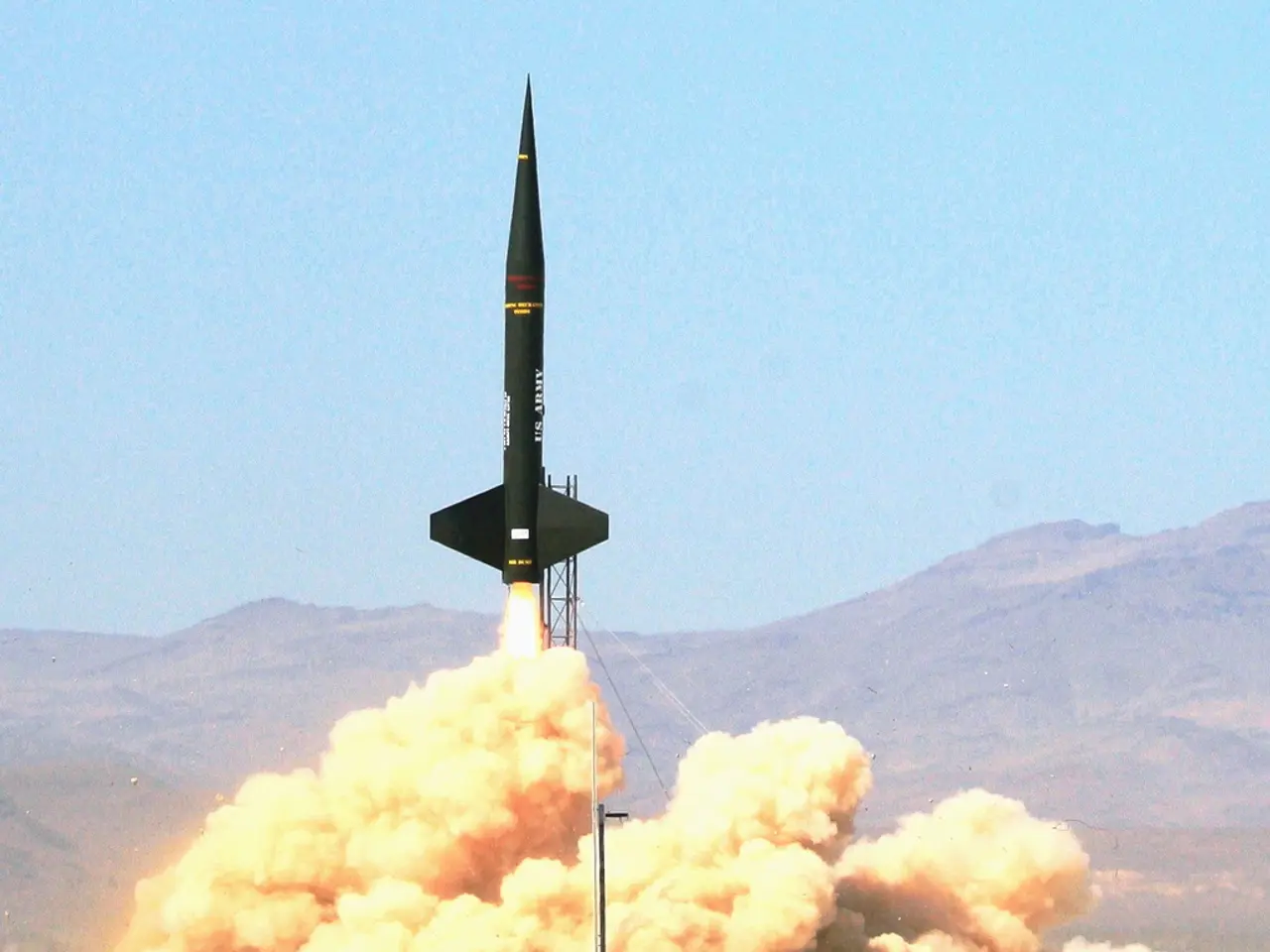Aircraft velocities and their distinctions: An overview of ground speed and airspeed
Airspeed and ground speed are two crucial concepts in aviation that have a significant impact on flight operations. While airspeed refers to the speed of an aircraft relative to the surrounding air, ground speed is the actual speed of the aircraft over the ground.
Airspeed is essential for aerodynamic performance and flight control. It determines the lift, drag, and control of the aircraft. On the other hand, ground speed reflects how fast the plane moves across the earth's surface. The ground speed depends on both airspeed and wind effects.
Jet streams, high-altitude, fast winds, can significantly affect an aircraft's ground speed. These narrow air currents can reach high speeds, often exceeding 120 mph. When an aircraft travels within a jet stream in the direction of the jet stream (tailwind), it benefits from a higher ground speed, reducing flight time. Conversely, traveling against a jet stream (headwind) reduces ground speed and increases flight time.
For instance, eastbound flights often take advantage of jet streams to boost ground speed. This practice is so common in aviation that it is a well-established strategy to plan routes that leverage these winds. The differential between airspeed and ground speed caused by jet streams is a key factor in flight planning and scheduling.
In summary: - Airspeed is the speed of the aircraft relative to the air, affecting lift, drag, and control. - Ground speed is the actual speed over the ground, equal to airspeed plus or minus wind speed. - Jet streams are high-altitude, fast winds that can add or subtract over 100 mph to ground speed. - Jet streams significantly influence overall travel time by impacting ground speed but do not change airspeed directly.
This relationship is essential in operational flight planning, primarily for managing fuel efficiency and time. When the air flow direction is the same as the airplane, the wind contributes positively to the ground speed. A more detailed article about Ground Speed, True AirSpeed, Indicated AirSpeed, and Calculated AirSpeed can be found by clicking the provided link.
In the realm of aviation, understanding the relationship between airspeed and ground speed is crucial for optimizing flight efficiency and time management. While airspeed is essential for aerodynamic performance and flight control, ground speed reflects the plane's movement across the earth's surface, influenced by both airspeed and wind effects such as jet streams. Jet streams, fast winds at high altitudes, can add or subtract over 100 mph to ground speed, significantly impacting travel time. Critically, these winds do not alter airspeed directly but create a differential between airspeed and ground speed that plays a key role in flight planning and scheduling, particularly in finance and aerospace technology industries.








